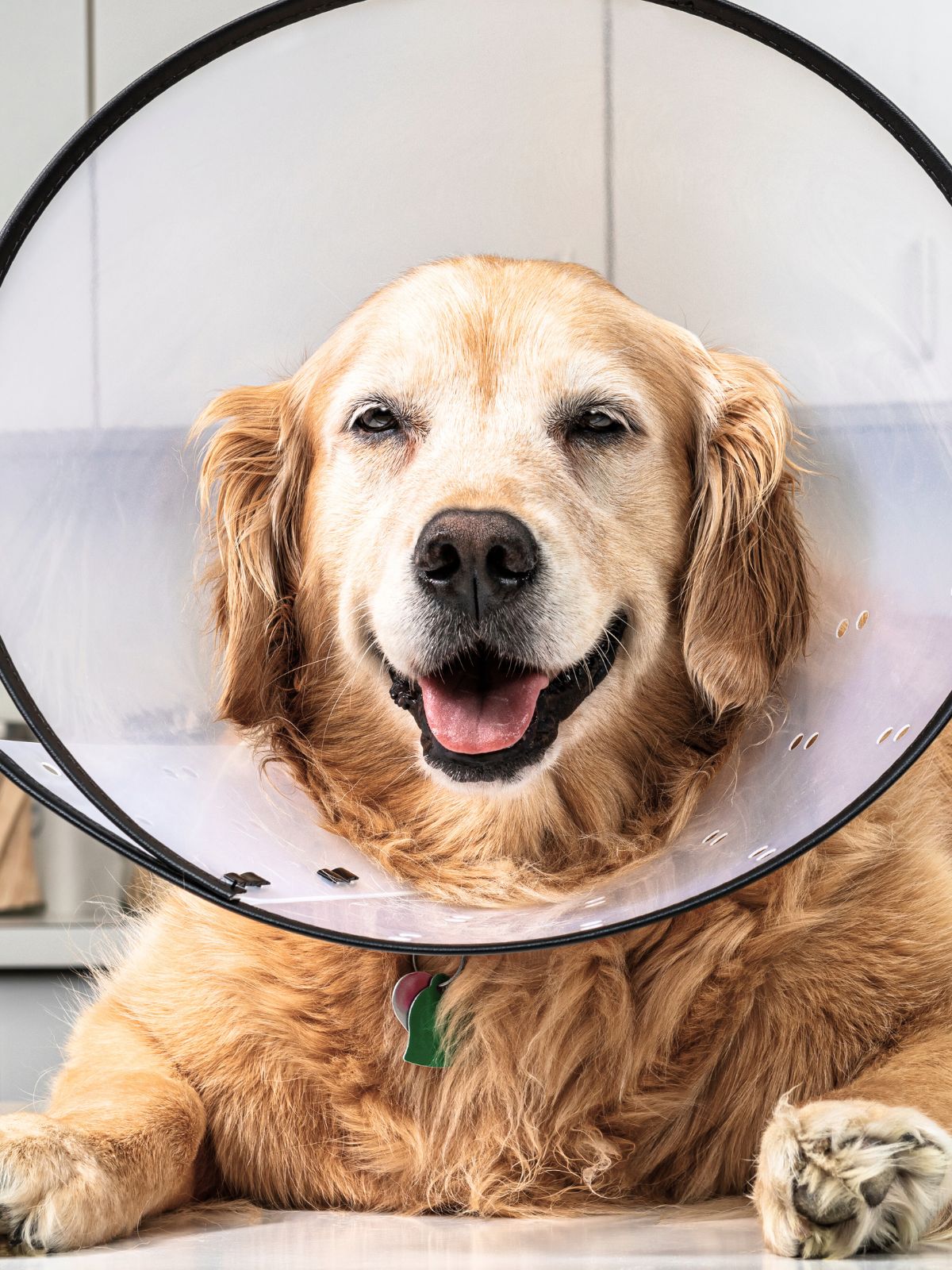Dog Cruciate Surgery Rehabilitation
Targeted rehabilitation to support tissue healing, restore stifle function, and prevent compensatory strain following dog cruciate surgery
Dog Cruciate Surgery Explained
Dog cruciate surgery is one of the most common orthopaedic procedures in veterinary medicine, performed to treat a torn cranial cruciate ligament (CCL)—the canine equivalent of the ACL in humans. Cruciate rupture leads to stifle (knee) instability, pain, lameness, and progressive joint degeneration and damage if left untreated.
Surgical options include TPLO (tibial plateau leveling osteotomy), which alters the angle of the tibia to stabilise the joint without relying on the ligament; TTA (tibial tuberosity advancement), which changes the forces acting on the knee to prevent tibial thrust; and extracapsular stabilisation, where synthetic material is placed outside the joint to mimic the function of the ligament. The choice of surgery depends on your dog’s size, age, activity level, and the degree of joint instability.
Why Rehabilitation is Essential After Dog Cruciate Surgery?
While cruciate surgery addresses the structural problem, rehabilitation restores function. Without therapy, dogs are at higher risk of muscle atrophy, poor weight-bearing, compensatory movement, and long-term joint stress.
Our in-home rehabilitation programs are designed to support:
-
Bone and soft tissue healing
-
Reduction of pain, inflammation, and swelling
-
Restoration of joint stability and control
-
Improved hindlimb strength and symmetry
-
Prevention of compensatory strain on the opposite limb
-
Safe return to activity and daily movement

Our In-Home Cruciate Surgery Rehabilitation Approach
We begin with a comprehensive assessment of your dog’s gait, posture, joint mobility, muscle mass, and compensatory patterns. Based on the surgical technique used, stage of healing, and your dog’s function, we develop a customised rehabilitation plan that evolves throughout recovery.
Rehabilitation may include:
-
Manual therapy to manage swelling, reduce stiffness, and support soft tissue mobility
-
Photobiomodulation (laser therapy / PBMT) to reduce inflammation and promote tissue repair
-
Therapeutic exercise to rebuild strength, coordination, and joint control
-
Gait retraining to improve weight-bearing and reduce compensatory patterns
-
Proprioceptive work to improve balance and limb awareness
-
Owner guidance on safe activity progression, home environment, and long-term maintenance
All therapy is delivered in the comfort of your home—eliminating stress and allowing us to tailor exercises to real-world surfaces, stairs, and routines.

